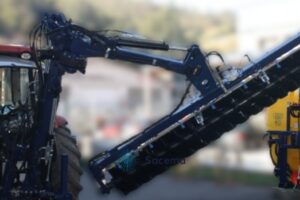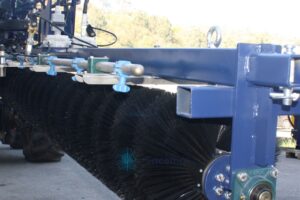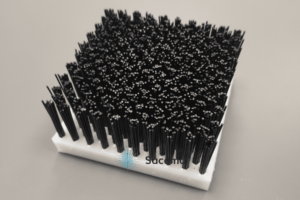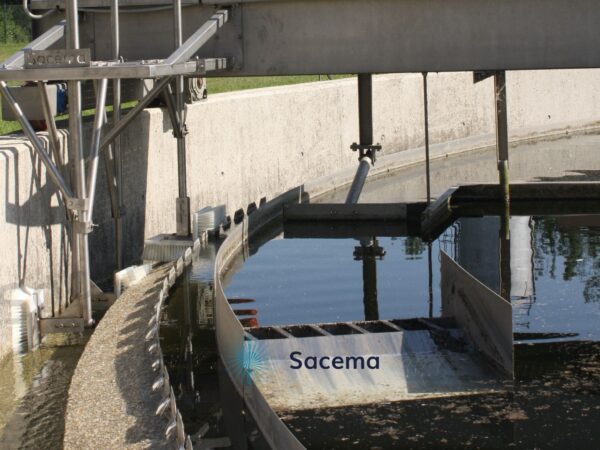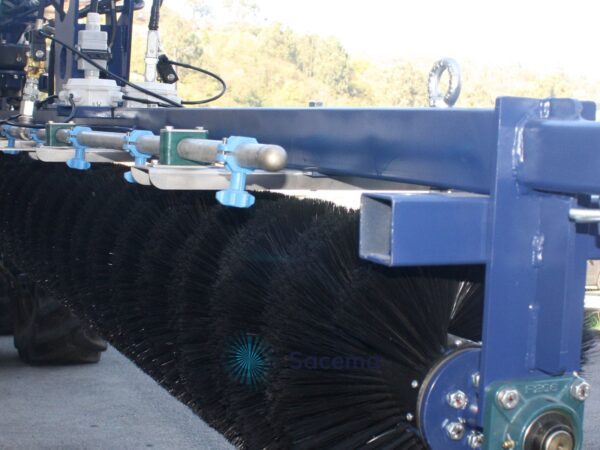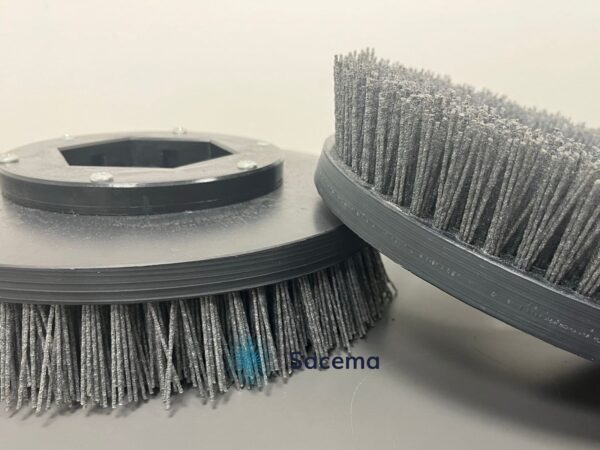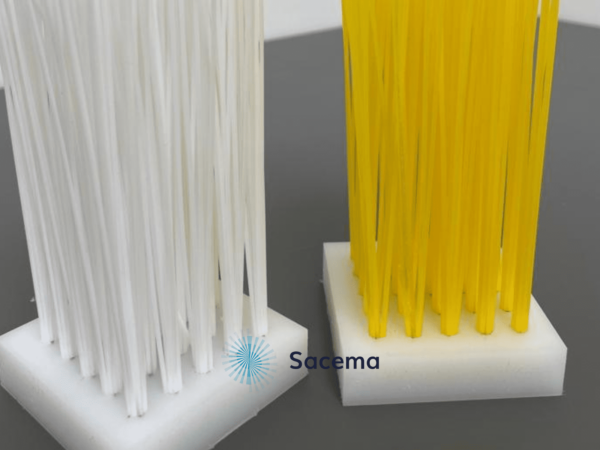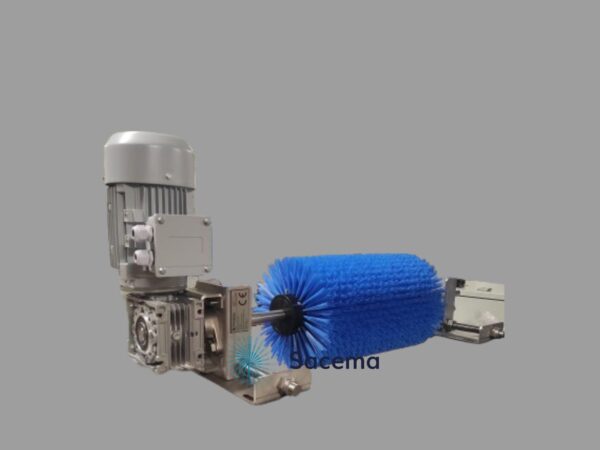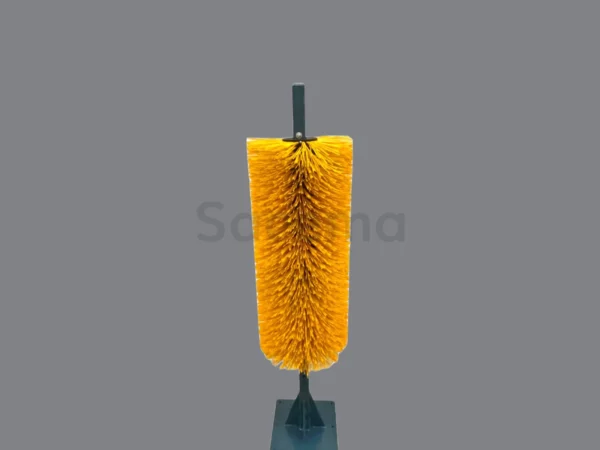A wastewater treatment plant (WWTP) is an industrial facility whose purpose is to reduce the pollution in wastewater to an acceptable threshold, allowing it to be discharged into the environment or treated in other processes.
Methods Used in Wastewater Treatment
A WWTP cleans and purifies contaminated or used water so it can be discharged into the environment in better conditions, reused in some industrial agricultural process, or even classified as potable or fit for human consumption.
From municipal sewers and industries, the water is channelled through complex systems to the treatment plants for processing.
In some cases, depending on the volume and quantity of water collected in the network, the wastewater is stored in large pits and temporary storage systems before being transported to the treatment plants.
WWTPs operate using a combination of physical, chemical, and biological processes to purify the water. Among the most commonly used methods in treatment plants are:
- Filtration: to remove solid particles from the water using filters, such as mesh, sand, or activated carbon.
- Coagulation: chemicals are added to cause small particles to clump together, making them easier to remove.
- Sedimentation: the larger clumped particles settle to the bottom of a tank, separating them from the clean water.
- Disinfection: this kills remaining pathogenic microorganisms, such as bacteria, viruses, or parasites, using chlorine, ultraviolet radiation, or chlorine dioxide.
- Reverse osmosis: a process that uses membranes to remove smaller molecules and particles from the water.
Wastewater Treatment Process
The main goal of a wastewater treatment plant is to produce clean and safe water that meets established quality standards for use, whether for direct human consumption, industry, agriculture, or other purposes.
This is achieved through a consistent process, regardless of the type of system and its form, which is grouped into stages: pretreatment, primary treatment, secondary treatment, and tertiary treatment.
- Pretreatment: In pretreatment, large (coarse) materials are removed.
- Coarse Pit: The first element of the WWTP, located just after the collector. It is a large pool with an inverted truncated pyramid bottom and steep walls, designed to concentrate solids and settled sands in a specific area for efficient extraction using a crane.
- Screening: This involves the mechanical separation of wastewater from solids such as stones, branches, and especially plastics and wet wipes, using screens or sieves.
- Grit Removal: Heavy materials larger than 200 microns are removed to prevent sediment formation in channels and conduits.
- Grease Removal: Floating materials lighter than water are removed, and greases and oils are emulsified for later collection.
- Homogenisation (optional): To buffer and homogenise the flow of wastewater.
- Pre-aeration: Adding a small amount of air stabilises the wastewater and facilitates subsequent treatments.
- Primary Treatment: Primary treatment is responsible for reducing suspended solids, divided into sub-treatments:
- Primary Sedimentation: Aimed at reducing suspended solids in wastewater through the action of gravity, causing them to settle at the bottom of tanks.
- Physico-chemical Treatment: Consisting of three stages: destabilisation of colloidal particles, aggregation of destabilised particles, and separation of the aggregates.
- Secondary Treatment: Secondary treatment is the most important phase in the wastewater treatment plant, based on biological processes involving the removal of water contamination using live, controlled microorganisms. The most advanced secondary treatments reduce nitrogen and/or phosphorus levels.
- Tertiary Treatment: Conducted in the clarifiers to achieve sludge settling, resulting in an improvement (refinement) of the wastewater.
Industrial Brushes in Wastewater Treatment Plants
Brushes are commonly used in several stages of the process:
Firstly, they are often used to clean screens and sieves in the base of the screening process in wastewater treatment.
Secondly, they are widely used on the screws of Archimedes’ screws to improve the sealing with the channel gaps.
Lastly, they are used to remove algae that accumulate in areas with high sunlight exposure, such as transition and outlet channels.
Sacema has developed a solution to automate the cleaning process of the drainage channels in the clarifiers. Importance of keeping the clarifier channel clean.
Sludge and Gas
Comprehensive treatment plants not only treat wastewater but also handle the drying and treatment of all sludge produced in the wastewater treatment processes, to produce a product that meets the conditions required for its intended use (landfill, agricultural use, etc.)
Similarly, during the sludge stabilisation phase, both anaerobic and aerobic digestion occur, generating gases.
One of the significant advantages of anaerobic digestion is the production of gas as a final product, which serves as an energy source for the plant itself or for sale to third parties, depending on the amount generated.
If you need any clarification on the cleaning of WWTP decanters, please do not hesitate to contact us.

